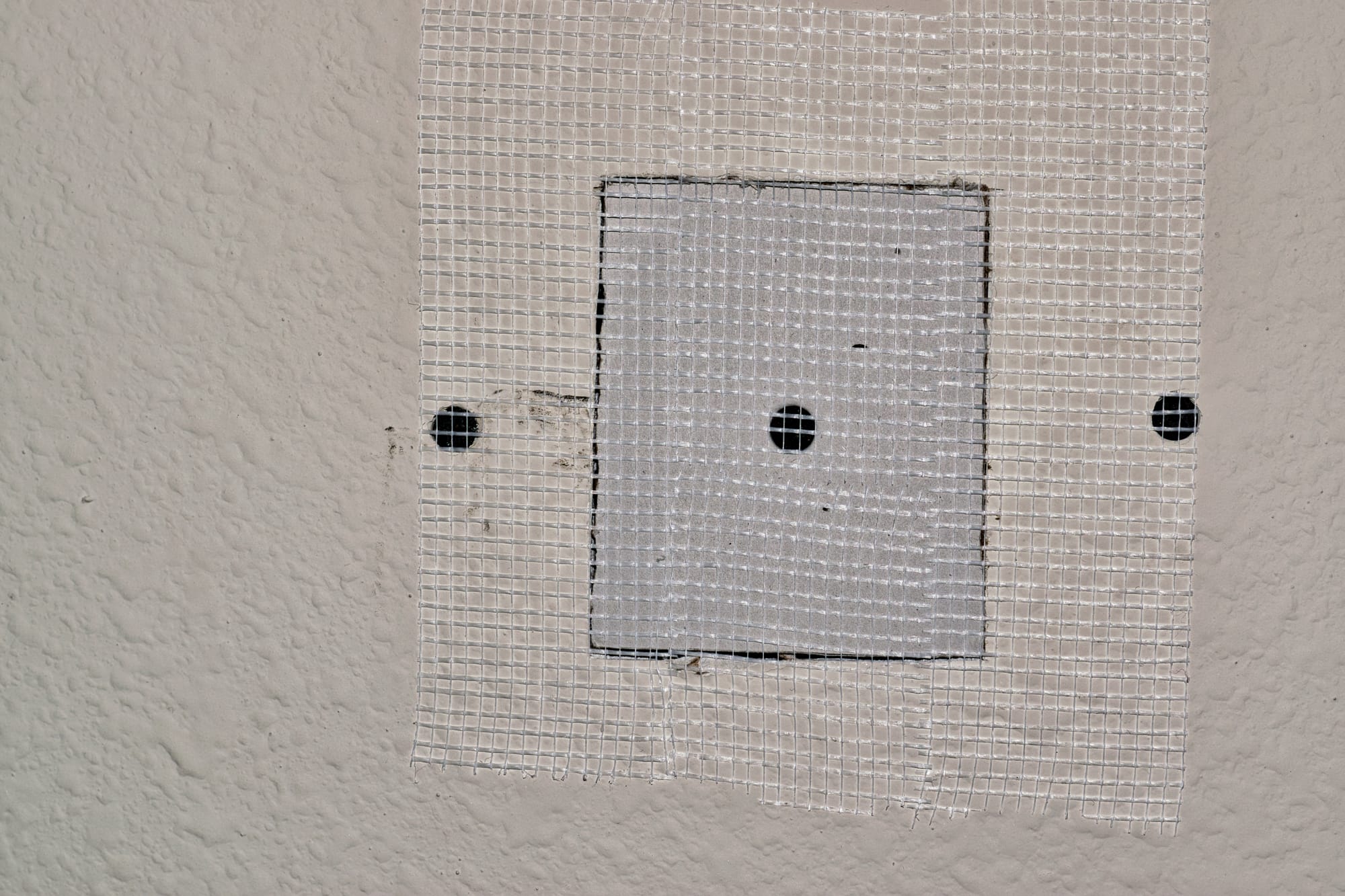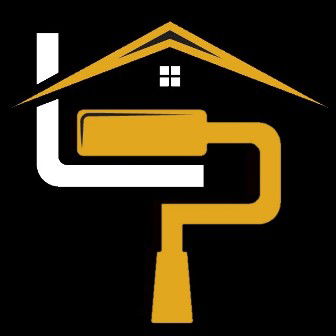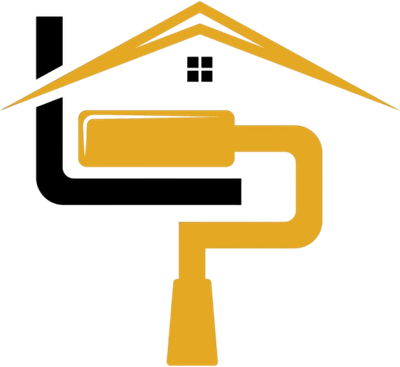Drywall Repair Tips for Crestwood Residents

Key Features
- Comprehensive Repair Techniques: Step-by-step guidance for repairing common drywall issues.
- Preventive Maintenance Tips: Insights to avoid future damage and maintain smooth walls.
- Preparation and Finishing Advice: Emphasis on priming and painting for a professional look.
Crestwood Residents
Drywall, the unsung hero of our home's interior, provides smooth walls and ceilings that we often take for granted—until damage occurs. Whether it's a minor dent or a significant hole, repairing drywall can seem daunting. Fear not, Crestwood residents! With the right guidance and a bit of elbow grease, you can restore your walls to their former glory.
Understanding Drywall Damage
Before diving into repairs, it's essential to identify the type and extent of the damage. Common drywall issues include:
- Small holes: Often caused by nails, screws, or minor accidents.
- Medium holes: Typically result from doorknobs, furniture mishaps, or accidental impacts.
- Large holes: Usually due to significant accidents or renovations.
- Cracks: Often appear near windows, doors, or ceilings due to settling or structural shifts.
Assessing the damage accurately will determine the appropriate repair method.
How Do You Fix Small Holes in Drywall?
For minor holes, such as those left by nails or screws, follow these steps:
- Clean the Area: Remove any debris or loose drywall around the hole.
- Apply Spackle or Lightweight Joint Compound: Using a putty knife, fill the hole with spackle, leveling it with the wall surface.
- Let It Dry: Allow the compound to dry as per the manufacturer's instructions.
- Sand Smooth: Gently sand the area until it's flush with the surrounding wall.
- Prime and Paint: Apply primer, let it dry, then paint to match the existing wall color.
Things to Know
- Priming Prevents Flashing: Always prime repaired areas to ensure a consistent finish.
- Use the Right Tools: Quality tools and materials make repairs easier and more effective.
- Inspect Under Lighting: Check your repairs in natural and artificial light to catch imperfections.
- Dry Times Vary: Allow ample drying time for joint compound to prevent rework.
- Sanding Is Essential: Light sanding ensures a smooth, flawless finish before painting.
What’s the Best Approach for Medium-Sized Holes?
Medium holes, ranging from 1 to 6 inches, require a bit more effort:
- Use a Patch Kit: Purchase a self-adhesive mesh patch designed for drywall repairs.
- Apply the Patch: Center the patch over the hole, pressing firmly to adhere.
- Cover with Joint Compound: Using a drywall knife, spread joint compound over the patch in a crisscross pattern, feathering the edges to blend with the wall.
- Dry and Sand: Once dry, sand the area smooth.
- Repeat if Necessary: Apply a second coat of joint compound if needed, then sand again.
- Prime and Paint: Finish with primer and matching paint.
How Can You Repair Large Drywall Holes?
Large holes require replacing the damaged section:
- Cut a Rectangular Hole: Use a drywall saw to cut a clean, rectangular hole around the damaged area, extending to the nearest studs for support.
- Install Support: Attach furring strips or a piece of wood inside the hole to provide backing for the new drywall piece.
- Cut and Fit Drywall Patch: Measure and cut a new piece of drywall to fit the hole precisely.
- Secure the Patch: Screw the patch into the furring strips or studs, ensuring it's flush with the existing wall.
- Tape the Seams: Apply drywall tape over the seams to prevent cracking.
- Apply Joint Compound: Cover the taped seams with joint compound, feathering the edges.
- Sand and Repeat: Once dry, sand smooth and apply additional coats of joint compound as needed, sanding between each coat.
- Prime and Paint: Finish with primer and paint to match the surrounding area.
What Tools and Materials Do You Need for Drywall Repairs?
Having the right tools and materials is crucial for a successful repair:
- Putty Knife: For applying spackle or joint compound.
- Drywall Saw: To cut damaged areas or new patches.
- Sandpaper or Sanding Sponge: For smoothing dried compound.
- Spackle or Joint Compound: To fill holes and seams.
- Drywall Tape: For reinforcing seams in larger repairs.
- Primer and Paint: To finish the repaired area.
- Dust Mask and Safety Glasses: For protection during sanding.
In Our Experience
"We’ve seen the transformation that comes with thorough drywall repairs. A well-prepped surface is the foundation of a professional paint job. Whether tackling minor dents or large repairs, taking the time to repair drywall properly pays off with stunning results. If you’re unsure where to start or need professional help, we’re always here to guide you!"
How Do You Handle Cracks in Drywall?
Cracks, especially around windows and doors, are common due to structural settling:
- Widen the Crack: Use a utility knife to slightly widen the crack, creating a V-shape. This allows for better compound adhesion.
- Apply Joint Compound: Fill the crack with joint compound using a putty knife.
- Add Drywall Tape: Place self-adhesive fiberglass drywall tape over the wet compound to reinforce the repair.
- Cover with More Compound: Apply additional joint compound over the tape, feathering the edges.
- Let It Dry and Sand: Allow to dry completely, then sand smooth.
- Prime and Paint: Finish with primer and matching paint.
When Should You Call a Professional?
While many drywall repairs are DIY-friendly, certain situations warrant professional assistance:
- Extensive Damage: Large areas of damage may require expert repair.
- Structural Issues: Cracks indicating structural problems need professional evaluation.
- Moisture Damage: Signs of mold or water damage should be addressed by professionals to ensure proper remediation.
Do You Have Questions? Give Us A Call With Any & All! 503-389-5758
-
People Also Ask:
How do I repair large drywall holes?
Large holes require cutting a new piece of drywall to fit, securing it with screws, taping the seams, and covering it with joint compound.
Do I need to prime drywall before painting?
Yes, priming is essential to ensure even paint coverage and adhesion over repaired areas.
Can I fix drywall damage myself?
Small dents and holes can be DIY-friendly, but larger repairs may require professional assistance to ensure a seamless finish.
-
Subscribe to Our Blog & Elevate Your DIY Game! Never miss a beat! Join the Lightmen Painting community and get the latest insights on painting, DIY projects, and expert tips delivered straight to your inbox.
Have something specific in mind? We’d love to hear your ideas! Let us know what topics or projects you’re curious about—your input could shape our next post.
Subscribe now and let’s transform your spaces together!

If your in the Portland, Or. area and need advice or a free no obligation estimate call us at 503-389-5758 or email scheduling@lightmenpainting.com
Shout Out:
Celebrating Key Realty: Your Key to Portland Real Estate Success
Key Realty is your trusted guide to unlocking real estate success in Portland. Their knowledgeable team provides expert advice and personalized service. At Lightmen Painting, we appreciate their dedication to helping clients achieve their property goals.
Thanks for stopping by Lightmen Daily! Stay tuned for more practical tips and expert advice on making your painting projects flawless, from wall to floor!
Definitions
- Drywall: A construction material made of gypsum used for interior walls.
- Joint Compound: A material used to cover seams and fill cracks in drywall.
- Spackle: A lightweight filler for small holes and dents.
- Drywall Tape: Used to reinforce seams and prevent cracking.
- Sanding: The process of smoothing a surface with fine-grit sandpaper.
- Primer: A base coat applied before painting to ensure even coverage.
- Flashing: Visible differences in paint sheen caused by uneven surfaces.
- Feathering: Blending joint compound edges into the wall surface.
- Patching Kit: A pre-made solution for repairing medium-sized holes.
- Nail Pops: Occurs when nail heads push through the drywall surface.
Lightmen Painting Serving: Portland, Tigard, Lake Oswego, Tualatin, West Linn, Milwaukie, Sherwood, Happy Valley, Oregon City, Beaverton, Hillsboro, Gresham -Trade Partners-
